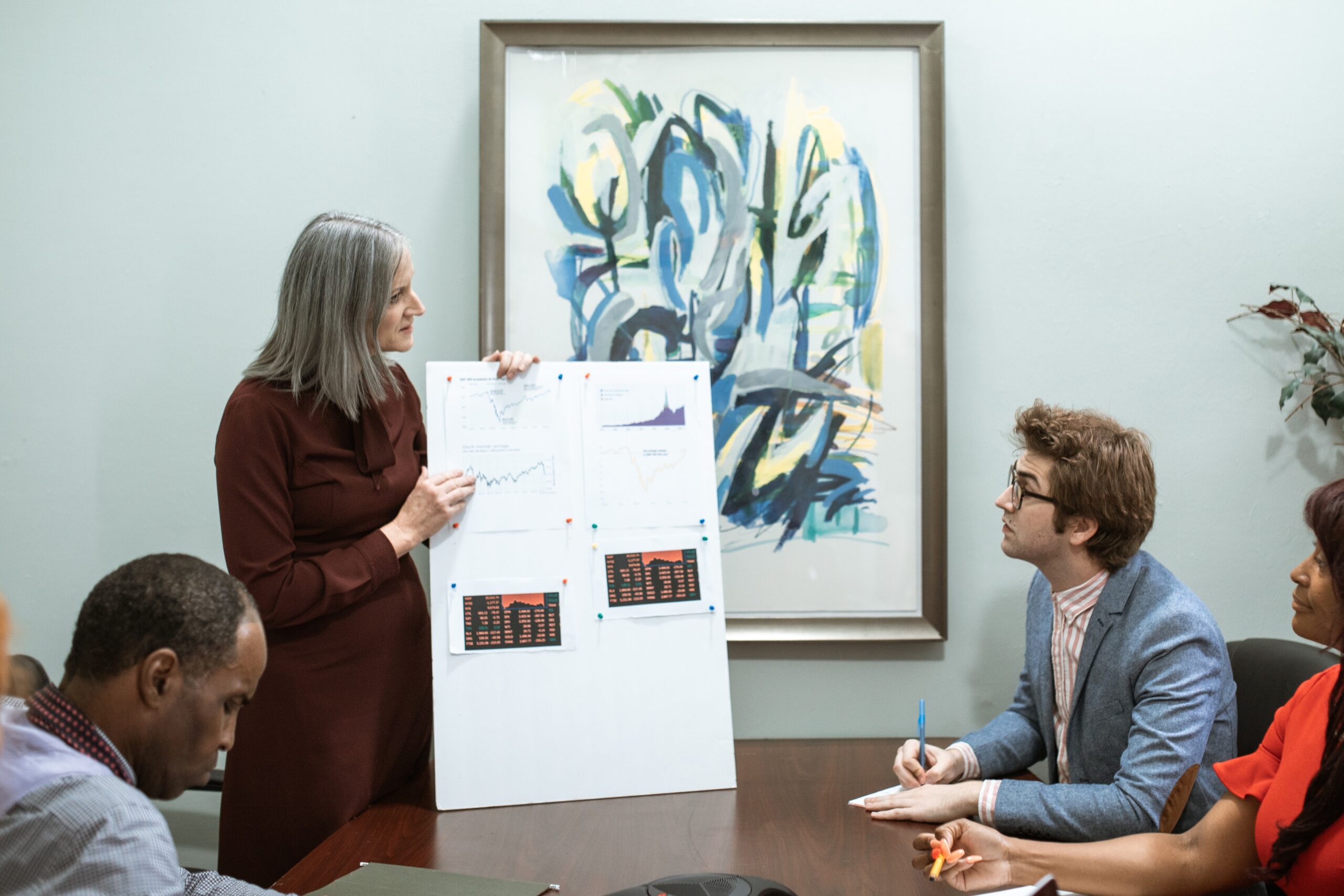Part Two – Powerful Presentations: Making Your Message Count

Part one of my blog discussed why researching your audience is crucial for a powerful presentation.
Another common mistake I see when people are giving presentations is not having a clear message. They will present a well-rehearsed speech, but during their preparation did not think about what they wanted to achieve during the presentation, and/or what they wanted their listeners to do afterwards. It leaves the audience wondering “now what?”
It is easier than you think to have a strongly formulated structure to your presentation, as long as you assemble your speech this way from the start.
Structure Your Message
Structure your message by organizing your presentation with the following five sections:
- Capture Attention
- Define a Need
- Satisfy that Need
- Picture the Need
- Call to Action
Capture Attention
Your presentation needs to start with something that captures your audience. You want to get your audience hooked on the topic and it should be done right away. Visual aids are an excellent way to start it is with a video, a photo or even a prop. Other options include starting with a captivating story, or a thought-provoking question, a powerful quote or a shocking statistic. These techniques are used as a bridge into your topic; they are showing your audience there is something more they need to know and ensure they stay tuned for what comes next.
Define a Need
Start off by outlining a problem or issue that you have identified. You can take two sides during this portion: either calling for a change or requesting the conservation of current circumstances. If you are calling for a change you need to fully describe, explain and outline what is wrong with the present conditions. On the other hand, if you are trying to conserve current conditions you need to point out the hazards of change.
Satisfy the Need
You have now gained the attention of your audience, described a need that requires action, and now you are able to provide a solution to the problem. Your resolution needs to be thorough, clear, and concise.
This is a very important time to ensure that you are speaking in a language that your audience understands and that your credibility is maintained.
Your solution needs to carefully meet the need you have identified and be described logically as to not miss any key points.
Picture the Need
Now is your opportunity to help formulate this need into the mind of each member of your audience. They should be picturing what you picture, seeing the solution you see, and creating a visual imprint in their mind. Your vision should be thorough, clear, and realistic.
Call to Action
This is the summary section of your presentation. Take a few moments to restate the main idea and summarize your key points. Clearly describe the call to action you want from your audience. What message, attitude change, or result do you want from your audience after they leave your presentation?
Close your presentation with a memorable statement to drive the interest of your audience. Ensure they leave wanting more, are educated on your message, and are motivated to action.
If this post has you curious and you’d like to learn more, I offer a variety of online training programs, live corporate training workshops, blended learning bundles, EI retreats, EQ assessments, and coaching packages.
Learn more about emotional intelligence in my previous blogs:
- A Leader’s New Best Friend
- What’s Your Score?
- What Really Matters
- Once You Know Better, You Do Better
- Can You Express Your Feelings?
- Are You Assertive?
- Freedom = Independence
- Interpersonal Relationships – Connecting with Others
- Walking In Someone Else’s Shoes
- Lend a Helping Hand
- Problem Solving – Emotions Can Help, Not Hurt Your Process
- Test What Is Real
- Controlling Your Impulses – What to do When Temptation is Calling Your Name?
- Stretch And Get Flexible
- Stress Can Be A Mess
- Optimism – The Key to a Brighter Day



